Surfing in Australia: New tribe of surfers hit the waves
Surfing is surging in popularity as everyone from stressed-out professionals to families seeks escape on the crest of a wave. We take a look at the new generation of surfers.
Lifestyle
Don't miss out on the headlines from Lifestyle. Followed categories will be added to My News.
They say the cleanest air you can breathe is just above a broken wave. And every morning, as dawn paints the skies off Sydney in a riot of pinks, greys and molten gold, a new tribe of surfers is launching itself into the ocean in search of that natural high.
From bankers to CEOs to mums with their kids, these budding surfers are grabbing their custom boards from the boots of their sports cars at dawn, surfing through sunrise, then washing the salt away in time to slip on a collar for their first meeting of the day.
The city’s beaches got even busier during lockdown, as newcomers sought one of the few sporting freedoms available.
But while many of these new fans attest to the mental health benefits of surfing, others question whether there are enough waves to go around.
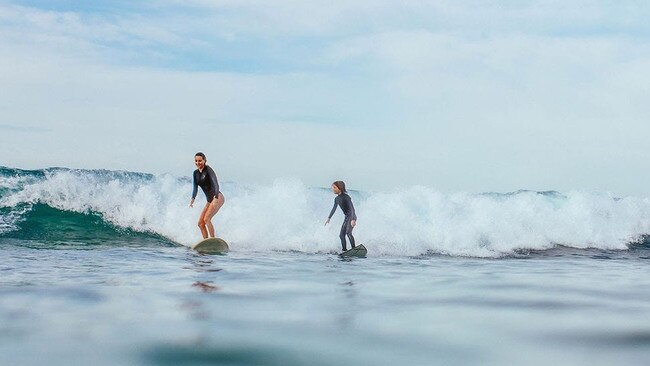
Senior finance executive Charlie Lanchester was born in the UK and fell in love with surfing when he was 20-something, driving from London to Cornwell most weekends, not put off by the freezing cold water.
He moved to Sydney 20 years ago and the love affair continued.
Now the head of Australian Fundamental Equities at BlackRock Asset Management Australia, Lanchester surfs most days and has his whole family riding the wave.
“I’d still class myself as a bit of a battler in the surf, but I’m passionate about it,” the chair of SurfAid says.
“When I first came to Australia, the line-ups would have been 98 per cent men, but now there are many more women and it’s become more of a family sport.”
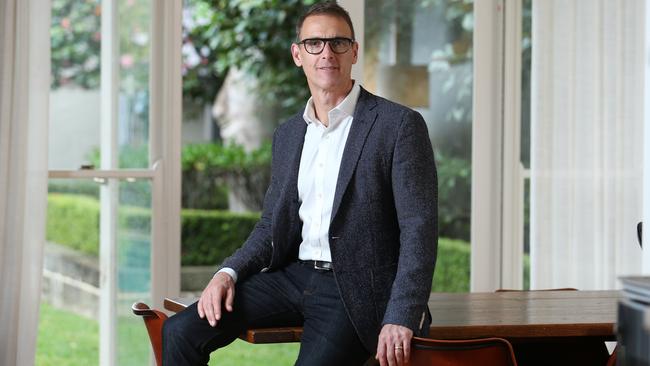
The drawcard for many, he says, is the meditative effect surfing can have on stress and the pressures of daily life.
“You get out in the ocean and in your mind is you just focused on that one thing,” he says.
“That calm and sense of wellbeing is a wonderful, wonderful thing. But it really is getting so popular that it’s at the point where the crowd is somewhat off-putting.
“You can go down to Maroubra and the waves can be absolutely perfect, but you can struggle to get many because there’s just not enough waves to go around.”
FAMILY AFFAIR
The rise of females on boards and the mumfer (mum surfer) are trends that aren’t slowing down – just ask Sydney surfing convert Debbie Tan.
“There was no question that my boys were going to be into surfing – my husband lives and breathes it,” says the eastern suburbs mum of Jet Wolfgang, 10, and Spike Ziggy, 7.

“I had this moment where I went, you know what, my kids are going to be off with my husband and as much as I’m going to love that quiet time sitting on the beach and finally getting to read a book or a magazine, I’m not going to miss out on that. So I gave it a go.
“I didn’t want to be that mum that missed out on what they were experiencing and I also wanted to show my boys that girls and women can do what men do.”
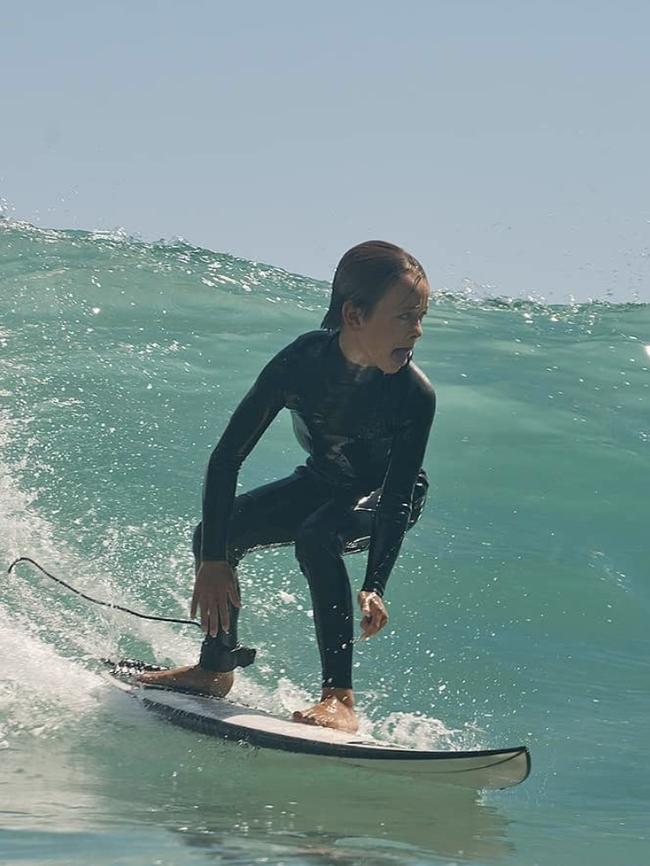
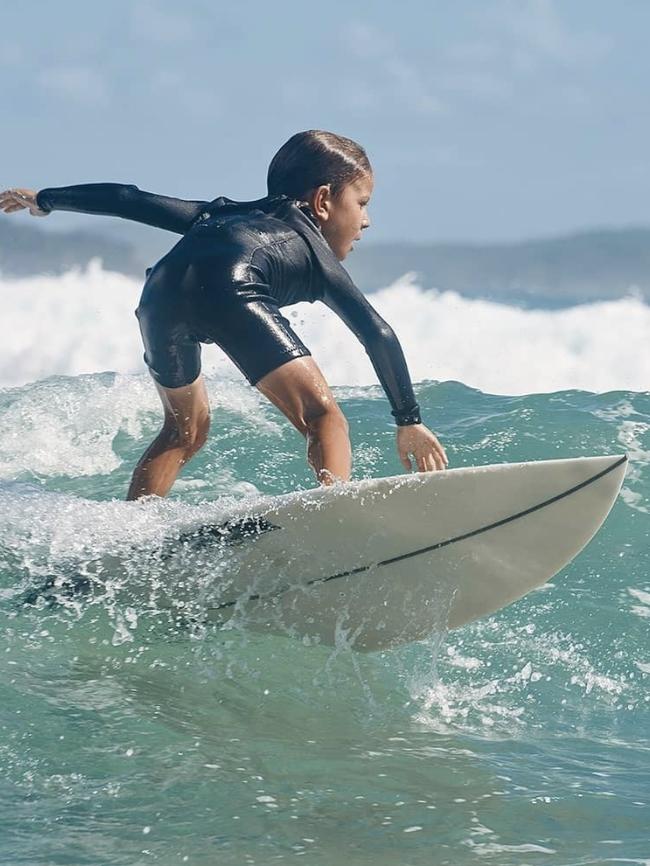
Debbie’s husband is ocean photographer Eugene Tan of Aquabumps fame, and her decision to ride the wave of her new hobby is shared by most of her girlfriends, who also love it for the connection it gives them to their kids.
“In Bondi we know the surfing community and there’s this rite of passage that the mums get to drop in and I love that we all catch waves together,” Debbie says.
“It just become our way of life. There’s nothing like catching waves with your family.”
GOING WITH THE FLOW
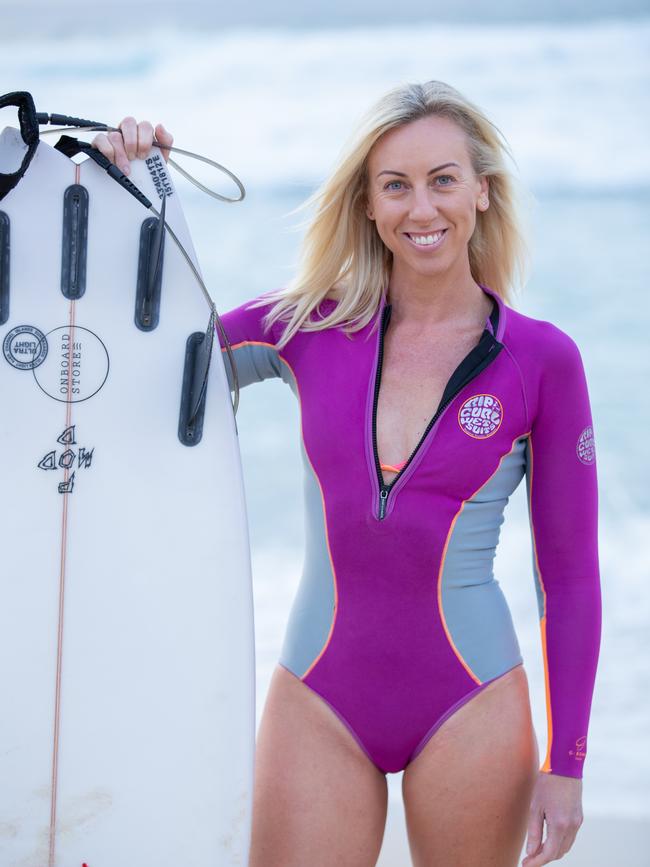
Bondi surfer and advertising executive Heidi Sayers, 40, grew up in a family of surfers at Avalon Beach and is still passionate about the sport, as are her sisters, Belinda, a crown prosecutor, and Kirstin, a doctor of psychology.
“My dad, Roger Sayers, who is the surf forecaster for Australia’s oldest surf report website realsurf.com taught us all pretty much from the day we could walk. He used to paddle out with us on the front of his surfboard and get us standing up at North Avalon,” Heidi says.
“Dad still surfs, he’s 75 and charges at North Avalon.
“When I started surfing, my sisters and I were some of the very few girls on the Northern Beaches who surfed.”
Heidi still surfs most days at Bondi, Tamarama or Bronte, normally before she starts work for the day, and has seen such positive effects she has started a “groundswell” movement on social media called Ocean Therapy Global.
“The positive effect surfing has on mental health is extraordinary – the therapeutic side of surfing is that it requires you to be in the moment,” she says.
“When you’re on a wave you can’t be preoccupied with other thoughts that weigh you down. It’s a moment of peace for the busy brain.
“Surfing has been a life saver for me at times. When everything in the world just feels a little hard to handle, I grab my board, head straight to the beach and as soon as I hit the water my worries are washed away with the waves.”
A WAVE OF MY OWN
The Tans and Lanchesters are among hundreds of passionate surfers who have invested in a project to bring a 12,600sq m surf wave pool to Wisemans Ferry on Sydney’s northwestern fringe.
Wisemans Surf Lodge is being built by a property trust funded by locals who want to ride the perfect wave, every time, in a totally controlled environment, with no crowds and no feeling intimidated by more experienced surfers.
The project is the brainchild of Balgowlah father-of-four John Du Vernet who says the investor model commonly used by member-only ski resorts in the US and Europe is an Australian first, inspired by the sharing economy where communities own leisure assets such as boat shares and golf courses.
“As surfing becomes more popular, there’s more and more appetite for good waves and there’s less and less supply,” the 43-year-old says.
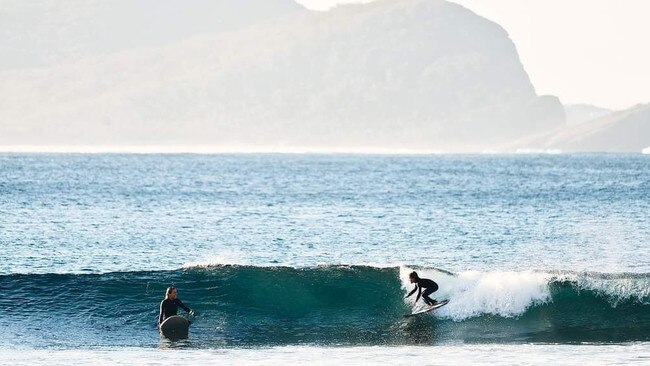
“A good surf sticks with you for months, even years but accessing the quality of regional areas or overseas is so difficult for Sydney surfers, and we really set about changing that with Wisemans Surf Lodge.
“The benefit for mind and body of riding perfect surf more often will be immeasurable for our members.
“Fewer surfers in the line-up, perfect waves on-demand, all the resort experiences of an island getaway, nestled among bushland in the Hawkesbury region.
“The ocean is a great leveller. It doesn’t matter if you’re a CEO or a tradie, young or old, we’re all there to get the thrill of the ride and the fund being built is definitely reflective of a diverse community unified by a love of waves, which is great to see.
“When you’re up surfing you’re not thinking about anything else, you’re present, in the moment – you have to be. That mental component, which is equally challenging as it is relaxing, really appeals to a lot of industry leaders.
“Add to it the human connections formed in the surf, the sense of escapism and you can understand why the waves have never been busier since the pandemic started.”
THE BOARD BUILDER
Custom surfboard designer Jada Stanley says that while champion female surfers such as Layne Beachley, Sally Fitzgibbons and Stephanie Gilmore had been at the forefront of change in the once male-dominated industry, there had been a cultural shift in the makeup of the Aussie surfer.
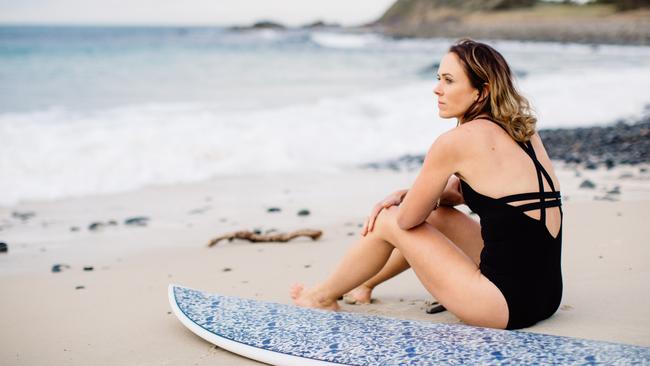
The Nusa Indah Surfboards designer from Wallabi Point, just north of Forster, grew up with a father and brothers heavily into surfing. And while she went away and studied psychology, the ocean and the industry drew her back and her custom designs for women have never been more popular.
Women who had competed professionally in the sport were starting to open surf schools and mentor females to get out and have a go, encouraging them to see it as more than just a once-a-month hobby.
“The face of surfing has definitely changed,” she says.
“I think it was Mother’s Day and I looked around the point and the women in the water outnumbered the men, with all of us out there just getting wave after wave.”
THE RIPPLE EFFECT
According to research conducted by Geronimo based on ABS and Roy Morgan data, 27 per cent of Australia’s 2.5 million regular surfers earn over $100,000.
Some 75.9 per cent are male but women are the fastest growing sector, and nearly half of Australia’s regular surfers are city surfers with the remaining 52.8 per cent considered in regional areas such as Newcastle, Wollongong and the Gold Coast.
Most Aussie surfers are aged between 35 and 64 and some 56 per cent are degree qualified.
Half are employed full-time and 14.8 per cent own their own small business, with the top five occupations of surfers including specialist managers, engineering, information and communication technology and science technicians, business, HR and marketing and health professionals.





